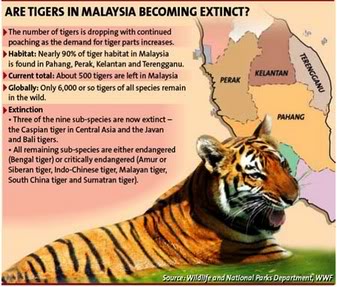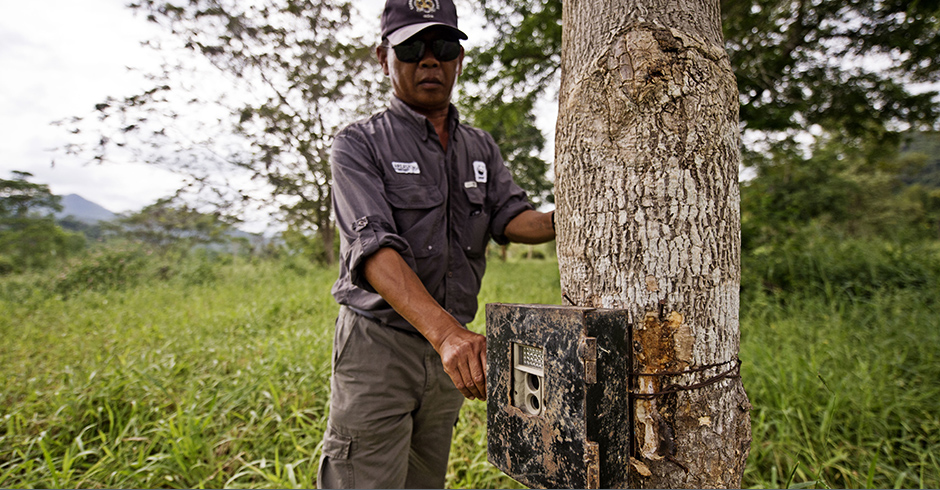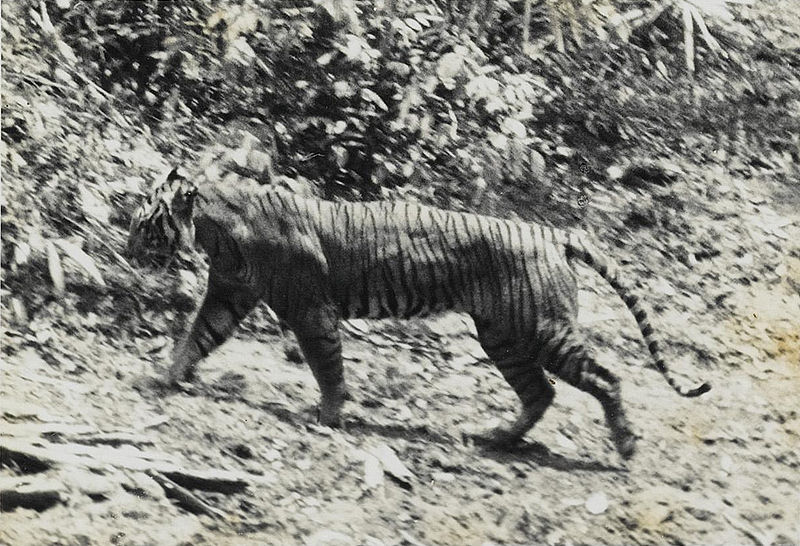The Shocking Truth: There Are Only 340 Malayan Tigers Left In Malaysia!
Malaysia's national animal is now critically endangered with only 250 - 340 Malayan tigers left in the wild.
Malaysia's national animal, the Malayan tiger, is now critically endangered
Malaysia's national animal, the Malayan tiger, is being being pushed to the point of extinction.
thestar.com.myIt was previously estimated that there were 500 Malayan tigers left in the wild
The survey trend suggests that the current estimate may be less than the previous estimate of 500 tigers.
wwf.org.myHowever, studies conducted between 2010 - 2013 using camera traps suggest that there may be only 250-340 wild Malayan tigers left in peninsular Malaysia
From studies conducted between 2010-2013 using camera traps under a standardised protocol at seven sites across three major tiger landscapes in Peninsular Malaysia, experts suggest that there may be 250-340 wild Malayan tigers left. However, more sites need to be surveyed to determine a robust tiger population estimate for Malaysia.
wwf.org.myThere are no Malayan tigers in Borneo. The tiger population a century ago measured about 100,000 worldwide.
There are no Malayan tigers in Borneo. According to the Mycat website, tiger populations a century ago measured about 100,000 worldwide, declining to about less than 3,200 today.
thestar.com.myAccording to these new numbers, the Malayan tiger could be categorised as 'Critically Endangered' under the Conservation of Nature (IUCN) Red List of Threatened Species’ criteria
This new information also indicates that the Malayan tiger meets the International Union for Conservation of Nature (IUCN) Red List of Threatened Species’ criteria for a ‘Critically Endangered’ listing. It has been classified as ‘Endangered’ since 2008.
wwf.org.myMalaysia's National Tiger Conservation Action Plan (NTCAP) goal was to have 1,000 wild Malayan tigers thriving in our forests by 2020. However, the target now seems unattainable.
Having 1,000 wild Malayan tigers thriving in our forests by 2020 was the target for the National Tiger Conservation Action Plan (NTCAP) for Malaysia, launched in 2008. With the new estimate in 2014, that target may now be unachievable in this timeframe.
wwf.org.myPoaching, illegal commercial trade, and loss and fragmentation of forest are among the greatest threat to our tigers
"Despite all efforts, including the strengthening of legislation and increased patrolling, tiger conservation across the vast tropical forest landscape continue to face challenges."
thestar.com.my"Poaching for illegal commercial trade is the greatest and most urgent threat to tigers in Malaysia, followed by loss and fragmentation of forests," said a joint statement by the Department of Wildlife and National Parks (Perhilitan) and the Malaysian Conservation Alliance for Tigers (Mycat).
thestar.com.myThe Department of Wildlife and National Parks (PERHILITAN) Peninsular Malaysia and Malaysian Conservation Alliance for Tigers (MYCAT) will be exploring the following means to immediately strengthen tiger conservation efforts here:
Establishing dedicated Tiger Patrol Units on the ground to protect and monitor individual tigers that have been identified through surveys at the three priority areas (Belum-Temengor, Taman Negara, and Endau-Rompin).
malaysiakini.comUndertaking a comprehensive National Tiger Survey that will also increase the number of boots on the ground, and therefore increase tiger protection, throughout the Central Forest Spine (the remaining major forested landscapes in peninsular Malaysia).
malaysiakini.comStrengthening the existing mechanism to review, better coordinate and monitor the implementation of the National Tiger Conservation Action Plan (NTCAP) and Central Forest Spine (CFS) Master Plan.
malaysiakini.comThough federal funding and donations had helped thus far, more resources are needed to implement the National Tiger Conservation Action Plan (NTCAP) and Central Forest Spine (CFS) Master Plan
Malaysia has put in place appropriate and comprehensive policies through the adoption of NTCAP and CFS Master Plan to mainstream Malayan tiger conservation and the management of its habitats.
wwf.org.myVarious funding has been provided by the Federal Government and MYCAT NGOs’ donors thus far, which has enabled the stakeholders to strengthen the capacity to undertake systematic field surveys within protected areas. This has greatly enhanced the scientific knowledge to manage wild Malayan tigers and reconnect fragmented habitats with ecological corridors.
wwf.org.myIn order to fulfil the immediate needs and future requirements for the implementation of the NTCAP and CFS Master Plan, more resources are needed. Therefore, the technical assistance by the Global Environment Facility (GEF)-funded and UNDP-supported Protected Area Financing Project and CFS Project are greatly appreciated as these will strengthen the management of the three priority tiger areas, the management of critical wildlife corridors within the CFS and the implementation of National Tiger Survey.
wwf.org.my




